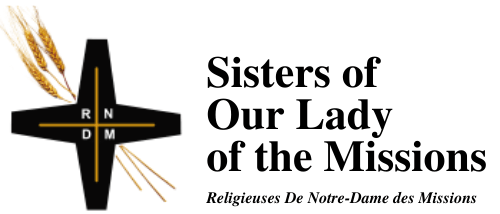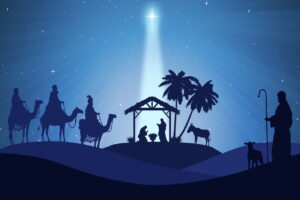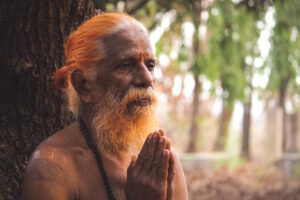Genesis 3:8-15; Psalm 92 (RM) or 130 (RCL); 2 Corinthians 5:6-10 (RM) or 2 Cor 4:13-5:1 (RCL); Mark 3:20-35.
It wasn’t during the ten years I lived in Europe, but two years afterward. I returned to take part in a conference of feminist theologians with the theme “Begin With the Body,” that was held at a German-style health spa in the north of the Netherlands.
My first experience of a mixed sex, au naturel sauna.
This is a very cultural thing, when a North American, raised with conventional reticence around the body, found herself in a large sauna, not only with the women she knew from the conference (really, not much different from a high school girls’ locker room, just steamier) but with naked men. Men! And nobody’s looking at anybody, at least not in an obvious way. They’re just getting on with the business of perspiring profusely, showering, plunging into ice cold water, and then resting.
So, decades later, studying these readings with my Lectionary exegesis group, an odd question occurred to me: if Adam and Eve were suddenly gifted with all the knowledge of good and evil, how did that turn automatically into body shaming?
Of course we’re talking about a founding myth here, the sort of story that elders would tell eager children around the fire after supper in the evening: “Do you know how good and evil came into the world?” (The adult looks around the circle with big eyes to captivate the children’s attention.) “Once upon a time, waaay back at the beginning, there was a man and a woman in a garden…”
“Origins stories” are a literary genre that seeks to make an unfathomable universe make sense by explaining where things came from: like good and evil, or why we instinctively recoil at a slithering snake, or sexual difference, for that matter.
For ancient Israel, evil had a moral origin, which is different from what theologians call “ontic evil,” evil that just is, such as wildfires, earthquakes, and other natural tragedies. But in ancient Israel, humans caused it and it never went away.
In the ancient Mediterranean, only the gods (yes, “gods” in the plural – the Hebrew word Elohim, one of the names of the God of Israel, is plural) were immortal. Just imagine the sheer arrogance of human beings thinking that they could become autonomous, all-knowing and all-seeing like the gods, and like the gods, would never die. And so the gods knocked them down a peg, and that explains so much. Or it did.
So how did we get to nakedness as a dead giveaway for guilt and a sign of shame? In the Hebrew, when the Genesis text describes the serpent as “subtle,” it’s a play on words pointing to another root in Hebrew that means, yes, naked. But in this passage the word itself turns into another word that shifts the meaning. The word first used here, ‘ârom, translates as “naked” in the sense of uncovered. But in its second usage after they had eaten the fruit, the word is ‘erōm, which means “exposed” and spiritually weakened. It points to fear, vulnerability, being caught red-handed – and thus, shame. It points back to that moral origin of evil, not to an inherent evil in the naked body itself. This God who walked in the garden in the cool of the evening did create those bodies, and found everything good, as the creation-origin story says.
By the way, this “subtle” snake was never a representation of Satan until early Christian theologians got a hold of the story. The original reference simply referred to a mischievous creature. A trickster.
For a year or so after that theology conference at the spa, I’d go alone into a European sauna wearing tiny bikini panties, just because … well … you know…
I’m over that now. I can take the health-giving heat and cold right alongside the locals, textilfrei (“textile-free.”)
And I can’t tell you how gloriously liberating that feels.
© Susan K. Roll
Susan Roll retired from the Faculty of Theology at Saint Paul University, Ottawa, in 2018, where she served as Director of the Sophia Research Centre. Her research and publications are centred in the fields of liturgy, sacraments, and feminist theology. She holds a Ph.D. from the Catholic University of Leuven (Louvain), Belgium, and has been involved with international academic societies in liturgy and theology, as well as university chaplaincy, Indigenous ministry and church reform projects.





I have become intrigued with the image of “the trickster” in Indigenous stories, so I am delighted to now also recognize this mysterious character in the Hebrew scriptures and Christian texts.